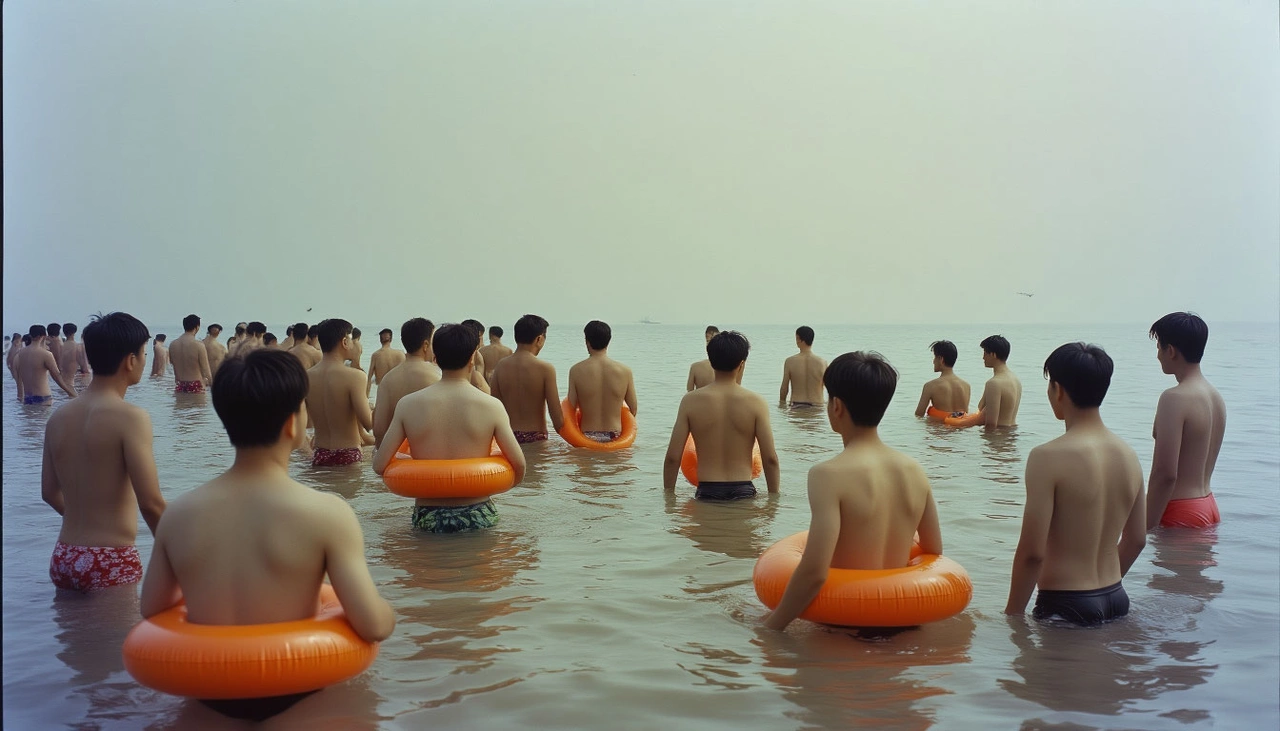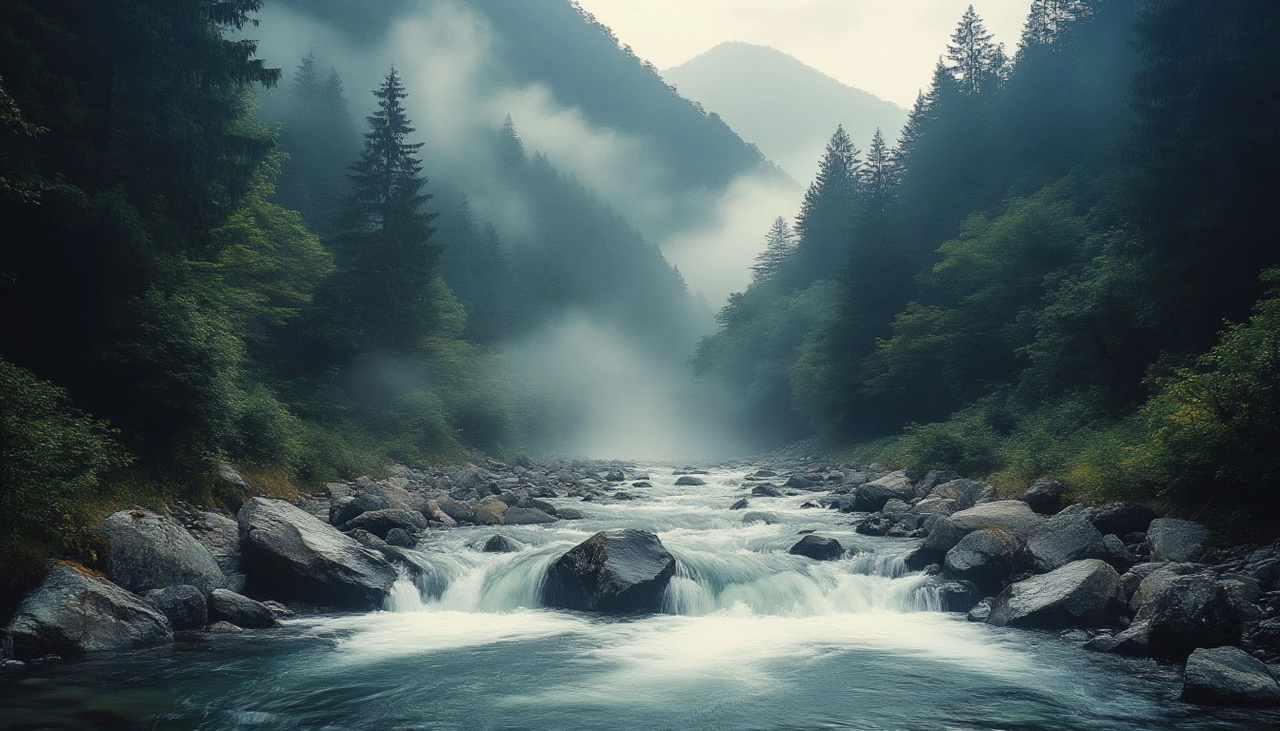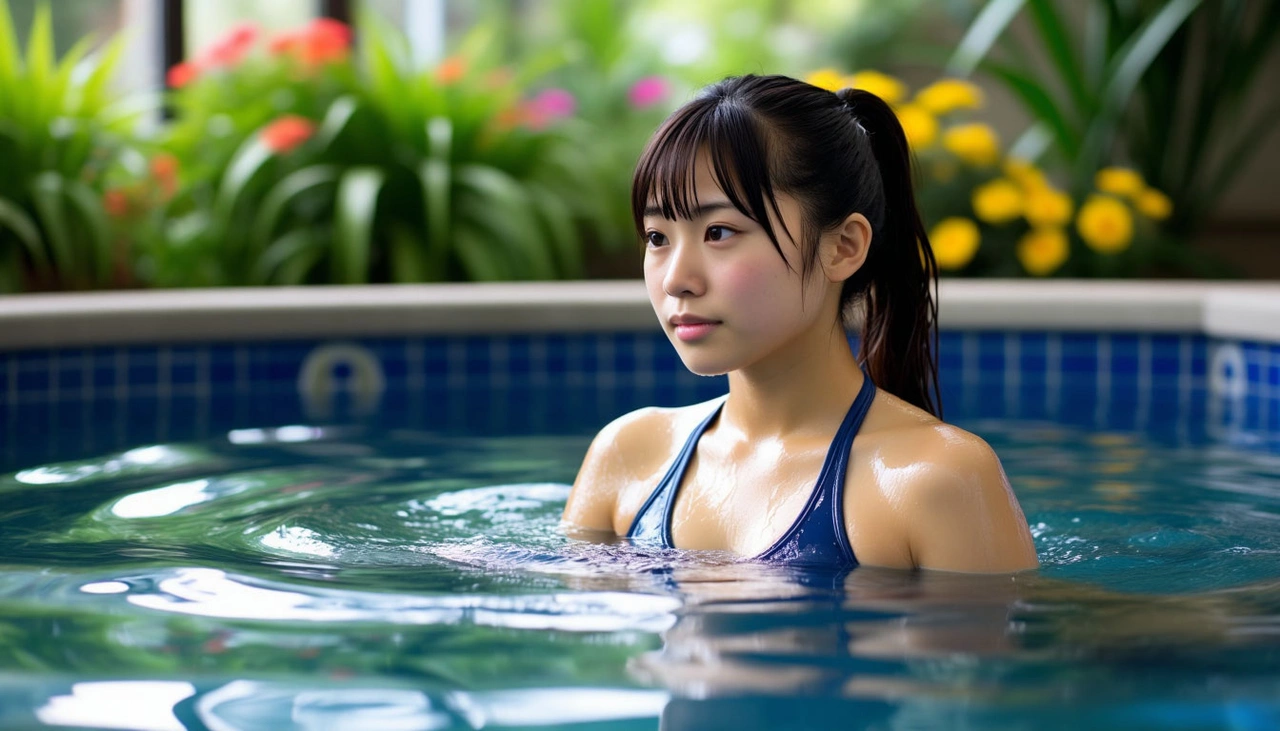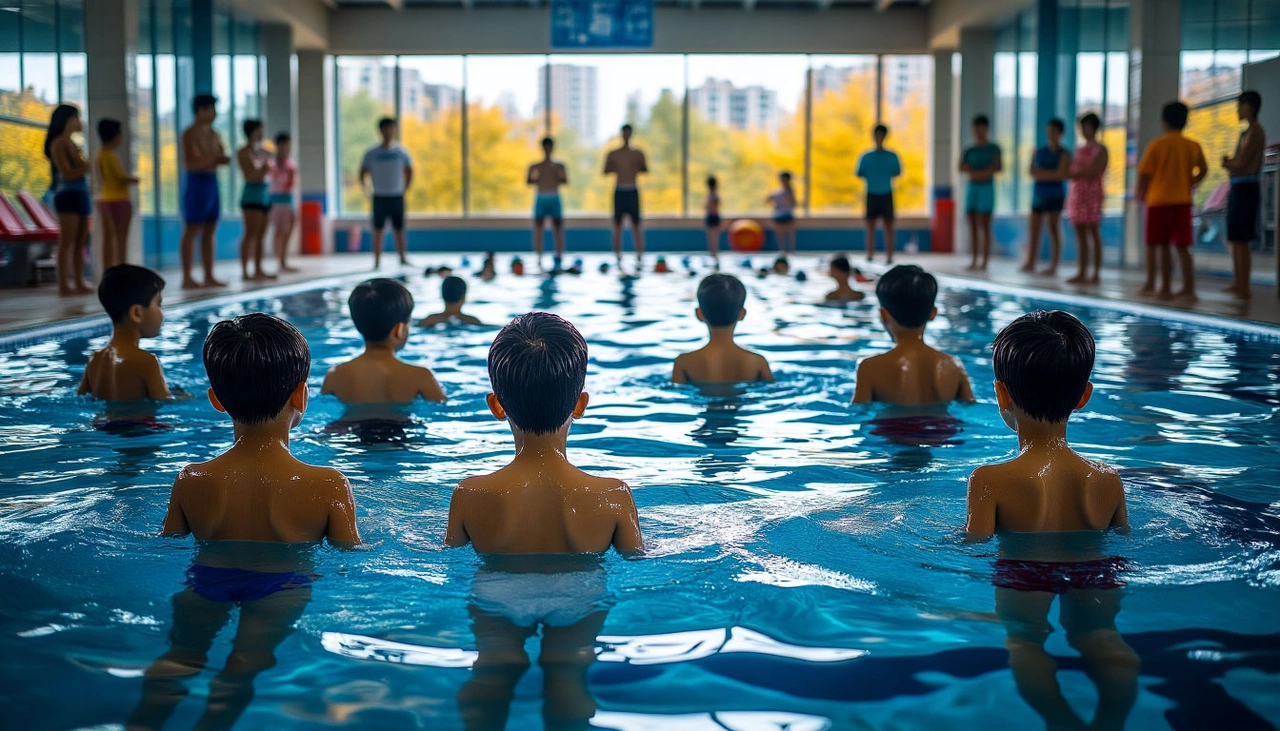🌊 Why Do Japanese, Chinese, and Koreans Rarely Swim in the Sea? Cultural Habits, History, and Environment Explained 🏖️
Swimming Is Not an Innate Skill — It’s Learned and Culturally Shaped 🏊♂️
Swimming, contrary to popular belief, is not a natural ability inherent to all humans. It’s a learned skill that depends heavily on opportunity, environment, and cultural motivation. Historically, swimming was primarily necessary for specific professions—fishermen, sailors, and soldiers. For most people, especially before the 20th century, swimming was rare and often non-essential.
In Western countries, the culture of recreational swimming developed alongside growing wealth, paid holidays, and the rise of beach tourism, starting in the early 20th century. In contrast, East Asian countries like China, Japan, and Korea embraced this cultural shift much later or only partially.

Rice Farming Societies: Labor Intensity Leaves Little Room for Leisure 🌾
The economies and societies of China, Korea, and Japan have been deeply influenced by rice agriculture. Unlike wheat, rice cultivation demands meticulous, labor-intensive care involving careful water management and strict timing. Any delay or mistake can result in crop failure. Consequently, work rhythms in these societies have historically been relentless, with minimal breaks and few days off.
Even today, in urban environments, working hours are long, overtime is the norm, and vacation time is often sacrificed for career advancement. Leisure activities like swimming, which require time, relaxation, and a break from routine, often don’t fit into this demanding lifestyle.

Leisure Time Was a Luxury for Generations ⏳
Japan’s economic boom only really took off after World War II, gaining momentum in the 1970s. Korea’s rise began mostly in the 1990s, while China’s rapid urbanization and income growth started around the early 2000s. This means mass access to leisure, including swimming, arrived very recently—within a generation or two.
Meanwhile, Western societies have enjoyed widespread access to pools and beaches for nearly a century, embedding swimming deeply into their culture. In many East Asian families, swimming is not viewed as a necessary or expected skill, and many parents don’t prioritize teaching their children.

Geography and Climate: Not Always Swimming-Friendly 🏔️🌧️
Despite the long coastlines, the natural environment of East Asia doesn’t always invite swimming. Japan and South Korea are mountainous countries with short, cold, fast rivers—far from the calm, warm waters ideal for swimming lessons. These rivers are noisy, shallow, and unpredictable, discouraging recreational use.
The seas bordering these countries, especially the Pacific coast, are often turbulent. Strong tides, currents, and sudden weather changes are common, along with frequent typhoons and storms, creating real dangers at the beach.
China’s terrain is more varied, but many rivers are muddy, prone to flooding, or surrounded by agricultural land, making easy and safe access to open water scarce. Moreover, winters in these countries are cold and long, shortening the swimming season to just a few months a year, further limiting regular practice.

Cultural Norms: Modesty, Shame, and Fear of Embarrassment 🙈
Cultural factors also play a crucial role. In many East Asian societies, social conformity and modesty are highly valued. The fear of standing out or being judged negatively often discourages people from trying activities where failure or awkwardness is visible.
Swimming involves exposure of the body and unfamiliar movements, which can trigger discomfort and embarrassment, especially for women. In Japan, for instance, many young women prefer to swim fully clothed or cover up extensively at the beach, which complicates swimming instruction and participation.

Current Reality: Basic Swimming Skills but Limited Confidence in Open Water 🌅
There is no precise data on swimming proficiency in these countries, but trends are clear. In Japan, nearly all children learn to swim in school pools, which are often shallow and designed more for water safety and comfort than mastering advanced swimming. Many adults can swim but prefer to stay close to the shore or avoid deep waters.
China’s situation varies by region. Urban children increasingly take swimming lessons at schools or private pools, but rural populations often lack access to facilities or safe natural water bodies, leaving many without swimming skills.
South Korea shows a similar pattern: swimming education exists, but it focuses on basic survival skills. Even confident swimmers tend to approach the ocean cautiously, frequently using life jackets or flotation devices.

Conclusion: A Complex Mix of History, Environment, and Culture 🎎🌏
The rarity of confident swimming among Japanese, Chinese, and Korean people isn’t due to an inherent inability but rather a combination of historical labor demands, environmental challenges, cultural values, and limited leisure time. The sea has traditionally been seen as a powerful, dangerous force rather than a place for recreation.
While urbanization and modernization have improved access to swimming lessons and pools, especially for younger generations, the cautious attitude toward open water remains strong. Even those who can swim often prefer to stay near the shore, driven not just by fear but by deeply ingrained habits and cultural norms.
Close